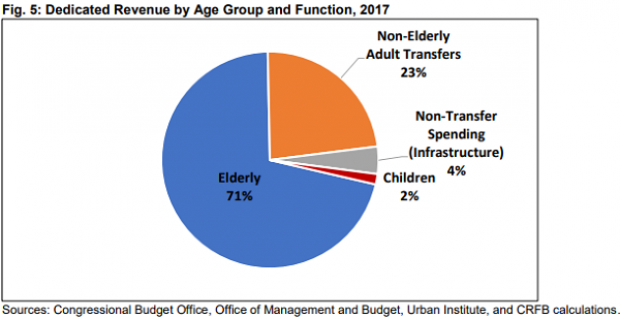The federal government spends much less on children than it does the elderly, with the latter claiming roughly 35 percent of the annual budget. The disparity is driven in part by the government’s budget process, which places younger citizens at a disadvantage, according to a new report from the Committee for a Responsible Federal Budget.
Most federal spending on adults, especially the elderly, is mandatory and has dedicated sources of revenue. Social Security and Medicare are prime examples. Spending on children, on the other hand, is more discretionary and much more likely to be temporary, face caps and lack dedicated funding. Child-oriented programs subject to these limitations include Head Start, Temporary Assistance to Needy Families and the Supplemental Nutrition Assistance Program.
“Because discretionary spending is appropriated each year – and almost never on time – spending on children faces substantially more uncertainty than spending on adults,” the report says. “In addition, discretionary programs tend to experience stronger financial limits, slower growth, and more frequent cuts than mandatory spending.”
As a result of this uneven budget process, investment in children tends to get “crowded out” at the federal level, the report says, leading to an underinvestment in the young relative to the old.





